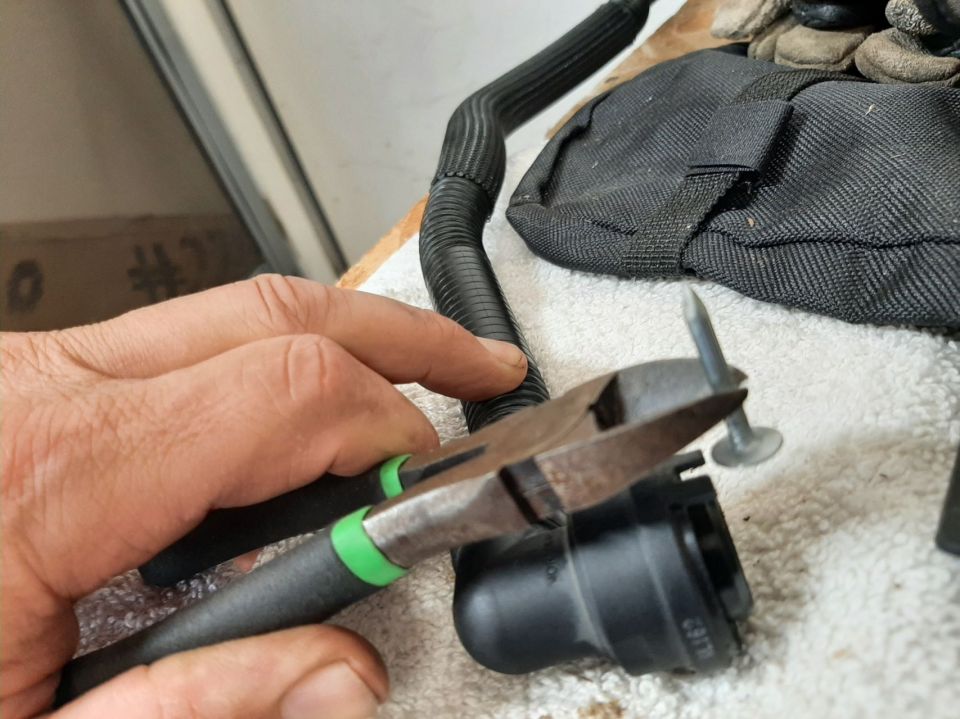Had an issue recently with my 2018 S4 B9 and decided to share what I learned. Parts of this were written up elsewhere in this site, but I figured it'd help to have a comprehensive writeup in one spot.
I noticed in the last couple years that my car had droplets of oil on top of the oil cap. I dismissed this as a dealer tech not tightening the cap, wiped it up and didn't think much of it.
Recently the car displayed a "Drive system: malfunction!" warning and the check engine light came on and vehicle went into limp mode. I've seen this happen once or twice before, and it usually would go away after shutting the car off for 5min and restarting. This time, the check engine light was persistent but the car did run and came out of limp mode. Idle was elevated and wandered slightly, and a loud whistle could be heard at the turbo inlet.
Read the codes: P2279 "Intake air system leak" and P0507 "Idle Control System RPM - Higher than expected". In other vehicles, this is typically a sign of a bad PCV valve. Decided to change the PCV valve (Oil separator PN 06M103515H) as well as accompanying seal and oil filler cap. Warning lights and symptoms remained. Inspection of the PCV valve membrane showed no tears or leaks, so this was not the problem. This was confirmed by removing the breather line from the PCV valve while the engine was running and plugging the end of the breather line with my finger. When plugged (and PCV valve was out of the loop), the symptoms remained.
After much reading, I learned that there is a TSB for the oil leak that leaves droplets of oil on the oil cap (NHTSA ID Number: 10188589, https://static.nhtsa.gov/odi/tsbs/20...88589-0001.pdf). As it turns out, the breather line (Venthose Old PN 06M103210CG) has two valves in the triangular part where three hoses connect, and the function of these valves is to act as a gate between the PCV valve high and low pressure sides of the turbo. When one valve fails, it can cause the crankcase to pressurize and leak droplets of oil onto the oil cap. The crankcase should normally be under vacuum, not pressure. When both valves fail, this will cause a leak between high and low pressure sides of the turbo, manifest as an intake leak, and lead to the P2289 code and loud whistling noise at the front end of the turbo. I cut open the breather line and confirmed that both valves had failed and bits of them undoubtedly went through the turbo and engine.
I ordered the new breather line (Intk. Mani; New PN 06M129041), installed it, cleared the codes and the car ran normally on startup. This simple swap fixed both the oil leak issue and the rough elevated idle.
Note that the new breather line can be disconnected from the oil separator and high pressure intake line with pinch clips (requires applying modest pressure while twisting and pulling), but the connection to the low pressure intake pipe is a bit more of a challenge. There are a couple tabs on the bottom of the pipe that can be used for prying, and they may break while removing the hose, but once off, the new one simply slides on. The new part comes with the intake manifold pipe, but this may not need to be changed. On my car, it was the exact same PN as the pipe already attached. The intake pipe on the front of the turbo is tough to remove without slim tools, so best not to mess with it if the part numbers between the new breather line and existing intake pipe match.
Note that the TSB covers 2018-2019 S4, so if your vehicle is still under warranty and you have droplets of oil on your oil cap, have this fixed at the dealer to avoid the hassle of total breather line failure in the future.













 Reply With Quote
Reply With Quote





Bookmarks